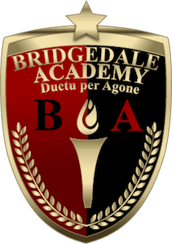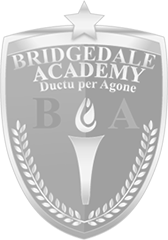Old Time Hockey meets the Canada v USSR ’72 Summit Series
By Mike McPartlin, Headmaster, Bridgedale Academy
Can Hockey Sense be Developed? The Old View vs The New
This article is the first of a 3-part discussion on developing hockey sense. It starts with the formerly held belief that hockey sense could not be taught to youth hockey players. It then discusses the ’72 Summit Series, which is what I believe triggered the change in this formerly-held belief.
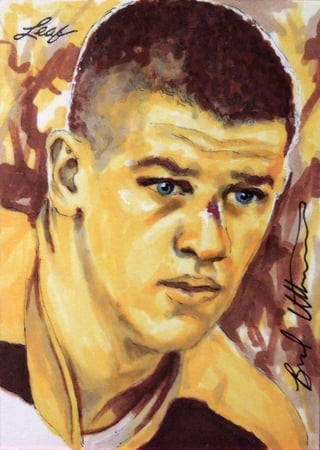 The Old View of Hockey Sense: You either have it or you don’t
The Old View of Hockey Sense: You either have it or you don’t
It used to be nearly universally accepted, even among coaches, that hockey sense could not be taught. “You either have it or you don’t,” was the common refrain.
In fact, this belief was so ingrained that it was rare indeed for a coach to even “try” to teach hockey sense to his players. Players were expected to patrol their respective areas of the ice, without much room for improvisation except by the truly exceptional superstar players like Harvey, Shore, Hull and Orr.
Even skill development camps and clinics concentrated almost exclusively on the physical skills, with barely a mention of the “thinking” skills. And this in spite of the fact that pretty much everyone understood that the great players were always the ones who “thought the game” better than the merely good players.
The predictable result of this point of view, of course, was that players were left to develop their game sense on their own. Usually this took place in pick-up games on frozen ponds, lakes and rivers, away from any formal guidance.
And so to develop hockey sense, the youth hockey player was literally on his own.
Change was inevitable
Human beings are naturally resistant to change. That’s human nature. And so it always take time to overcome any ingrained point of view. And this was true as to the question of whether the North American hockey community would ever change its view that hockey sense could not be taught.
But it was inevitable that the change would come.
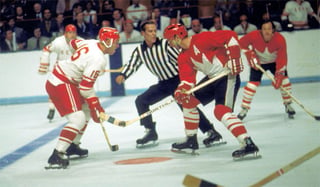 Canada v USSR - 1972 Summit Series
Canada v USSR - 1972 Summit Series
When I am asked to pinpoint an event or a moment in time as the catalyst for the profound change hockey was about to undergo with respect to hockey sense, I always point to the Canada vs USSR 1972 Summit Series.
Leading into that series, the nation of Canada was the world’s undisputed dominant force in the sport of ice hockey. Canada invented the sport and 90% of the players in the NHL at that time were Canadian.
It was common knowledge, and rarely if ever questioned, that the only reason the USSR would win Olympic Gold or world championships in hockey was because all of Canada’s best players were professionals and at the time were ineligible to compete in those competitions.
Canada’s national pride was (and still is to some degree) inextricably bound to its dominance in hockey. And so in that series, much was at stake.
Virtually everyone believed Canada would win all 8 games in the series.
Yet the USSR went 3-1-1 in the first five games, putting Canada in the position of having to win the final 3 games, all played in Moscow, in order to win the series and salvage its national pride.
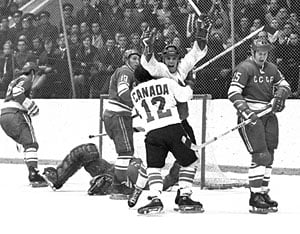 Canada of course did exactly that, with a very good but journeyman winger named Paul Henderson scoring the game winner in all three games, becoming a national hero in the process.
Canada of course did exactly that, with a very good but journeyman winger named Paul Henderson scoring the game winner in all three games, becoming a national hero in the process.
Needless to say, the ’72 Summit Series was a wake-up call of monumental proportions.
The USSR team played with unusual hockey sense
In the aftermath of the ’72 Summit Series, Canada had to look in the proverbial mirror and reevaluate how it played hockey. It’s not an exaggeration to say the entire hockey-playing nation of Canada was stunned by what had happened.
There is no question that the Soviet team had been training like madmen and were in much better physical condition than the Canadians when that series began. But there was more to it than that … and everyone paying attention knew it.
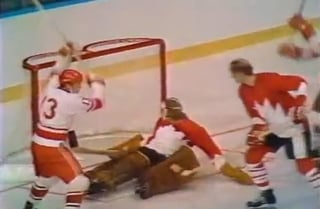 The Soviets were playing a style of hockey the Canadians were not familiar with, and they were playing it at an unbelievably high level. The Soviet players were always in, or moving at high speeds into, the exact correct place on the ice and at the exact correct time. It was stunning to watch. Their in-game “timing” and their passing skills were simply unbelievable.
The Soviets were playing a style of hockey the Canadians were not familiar with, and they were playing it at an unbelievably high level. The Soviet players were always in, or moving at high speeds into, the exact correct place on the ice and at the exact correct time. It was stunning to watch. Their in-game “timing” and their passing skills were simply unbelievable.
And they were playing their style of game at such a high speed that even the top NHL professionals representing Canada were not comfortable with it.
Gut check time all across North America
The impact of the ’72 Summit Series went beyond just Canada. Every red-blooded American hockey player and coach was also “invested” in seeing Canada defeat the USSR. And so shortly after the series ended, seemingly all the hockey minds in Canada and the US went to work.
 They of course studied the game films from that series. But they began to delve deeper. The obvious question was: What kind of training had the Soviets done to have learned to play the way they did?
They of course studied the game films from that series. But they began to delve deeper. The obvious question was: What kind of training had the Soviets done to have learned to play the way they did?
Everything the USSR did in those days was shrouded in secrecy, including how their hockey players trained. And therefore there was much speculation by the North American coaches at the time.
But one thing was certain. Some of the USSR’s younger players, like Valeri Kharlamov and Boris Mikhailov, were incredibly gifted, creative players who “saw the ice” with uncommon brilliance.
Prior to the ’72 Summit Series, everyone believed that the Soviets had overseers who trained them like robots. It was therefore presumed that the Soviet players were automatons who were not capable of thinking creatively.
There was also the presumed “insurmountable” advantage the Canadian professionals supposedly had, i.e. the benefit of honing their skills and refining their hockey sense in the NHL, where the best hockey on earth was played.
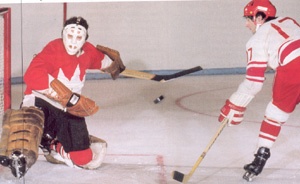 The ’72 Summit Series put a severe chink in the armor of both those presumptions.
The ’72 Summit Series put a severe chink in the armor of both those presumptions.
Conclusion
In the aftermath of the ’72 Summit Series, the questions screaming to be answered were: How on earth had these Soviet players, seemingly ALL of them, developed such incredible hockey sense if they were being trained like robots? And how were they able to do this without the advantages that playing in the NHL afforded?
The answer of course is that, in addition to the physical training, the Soviet players were somehow being taught hockey sense.
Next: Anatoli Tarasov and developing hockey sense in practice training sessions
Come see Bridgedale Academy for yourself
Bridgedale Academy invites you to come see for yourself what makes us so special.
Come see for yourself why Bridgedale could be the best thing that ever happened to your son's development:
- as an athlete
- as a hockey player
- as a student
- as a young man
Academic curriculum by Hillsdale Academy.
Athletic training by 200 x 85.
If this topic interests you and you would like to discuss it further, please click the button below so we can schedule a time to chat.
Bridgedale Academy is now accepting transfers for the 2018-19 School Year.


